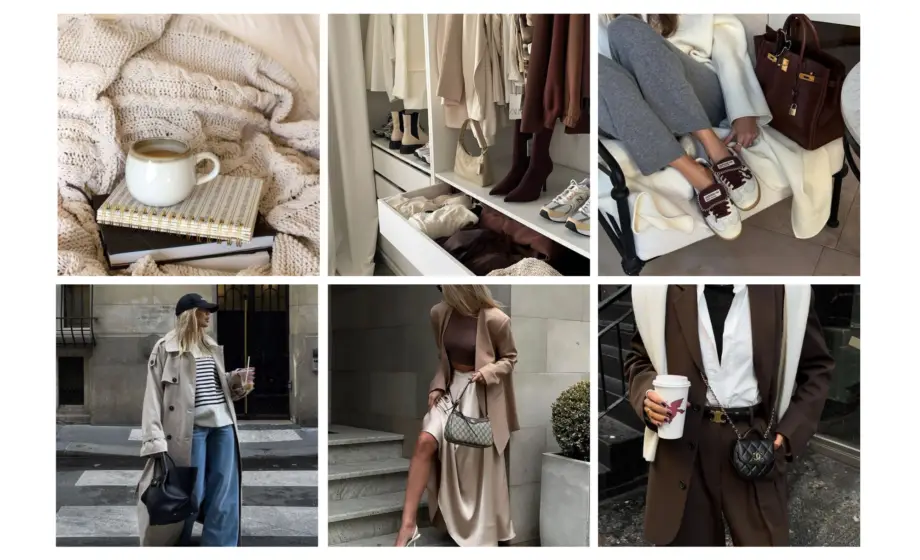Creating a capsule wardrobe with color can transform your daily routine and reduce decision fatigue. By selecting a limited number of versatile pieces that work together in a cohesive color palette, you simplify your choices and enhance your personal style. This approach not only streamlines your mornings but also helps you make the most of your clothing options.
Understanding your unique color season and style is crucial for a successful capsule wardrobe. By identifying the colors that complement your complexion, you can create a strong foundation that reflects your personality and lifestyle. Incorporating a mix of essentials and accent colors adds depth to your wardrobe while maintaining flexibility.
Embracing a minimalist wardrobe doesn’t mean sacrificing creativity. As you build your capsule, focus on quality pieces that fit well, can be layered, and allow for numerous outfit combinations. This methodology leads to a more intentional closet and a satisfying dressing experience.
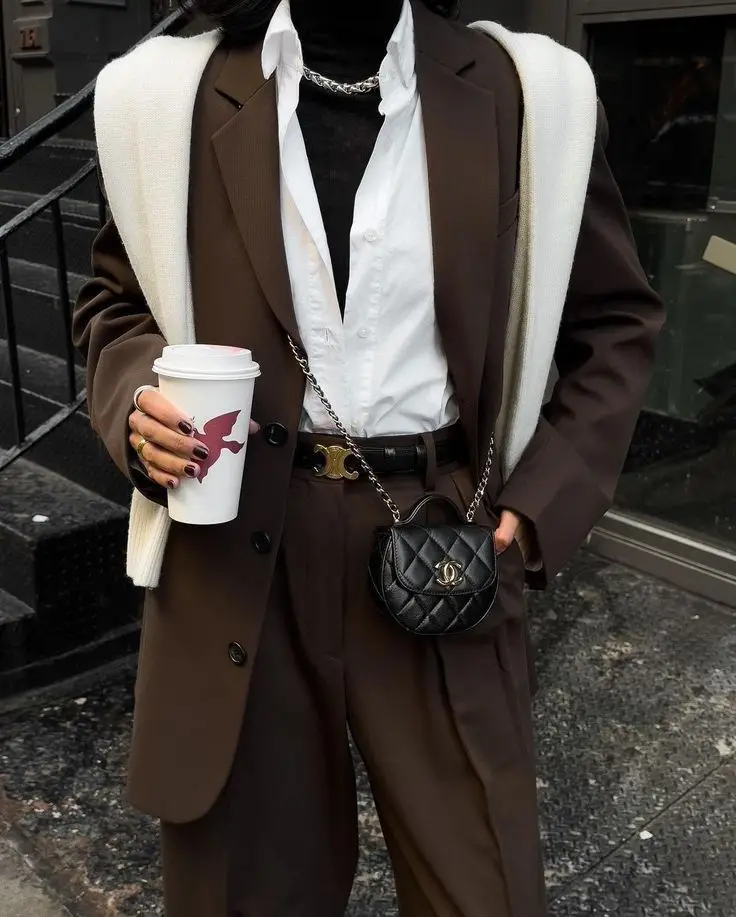
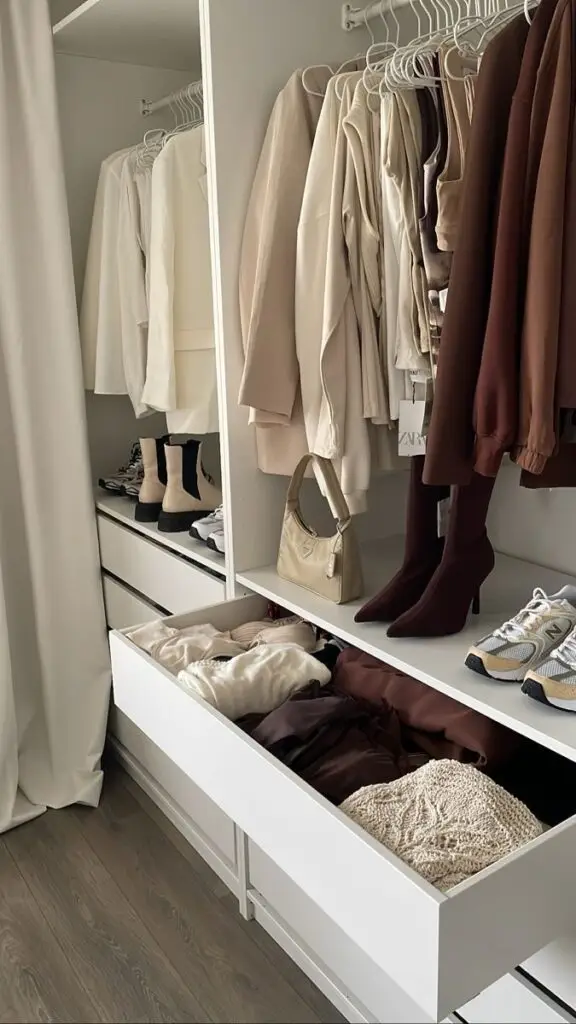
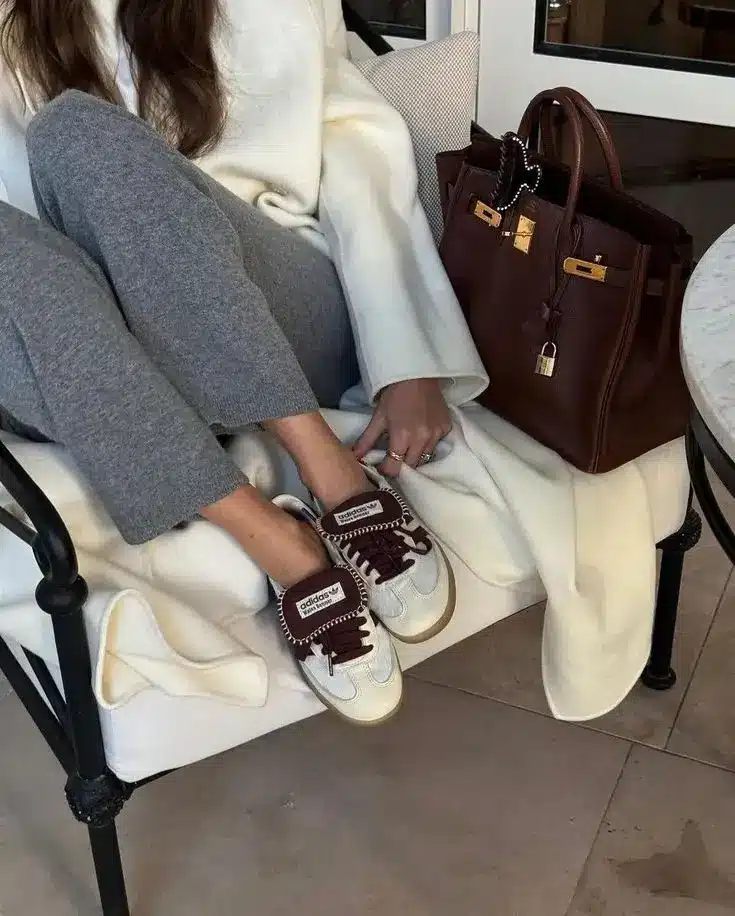
Key Takeaways
- Identify your personal style and color palette for a tailored look.
- Choose versatile pieces that can mix and match effortlessly.
- Prioritize quality items that enhance your wardrobe’s functionality.
Determining Your Personal Style and Color Season
Understanding your personal style and color season is essential when creating a cohesive capsule wardrobe. You will explore your preferred styles, learn about color theory, and identify how your skin tone influences your color choices.
Identifying Your Color Palette
To identify your color palette, start by considering the colors you naturally gravitate towards. Look at your wardrobe and list the shades you love to wear. These often reflect your personal preferences. You may also want to analyze the colors that enhance your appearance.
Utilizing tools like color swatches can help you visualize these options. Group your favorites into warm or cool tones to see which resonates with your style. Aim for a mix of neutrals and bolder colors to ensure flexibility in your wardrobe.
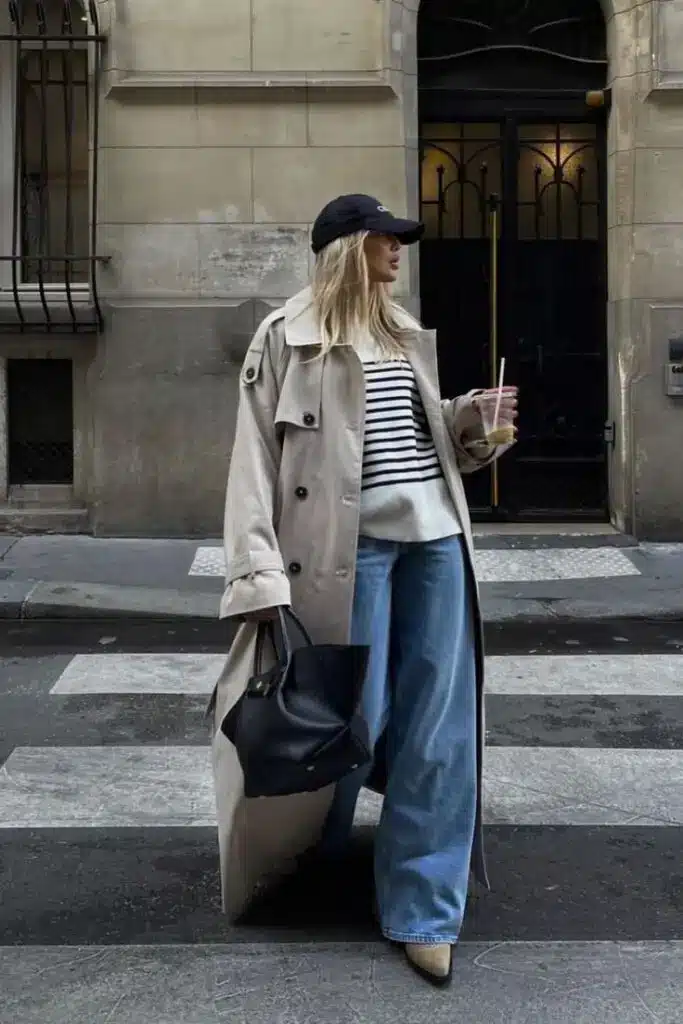
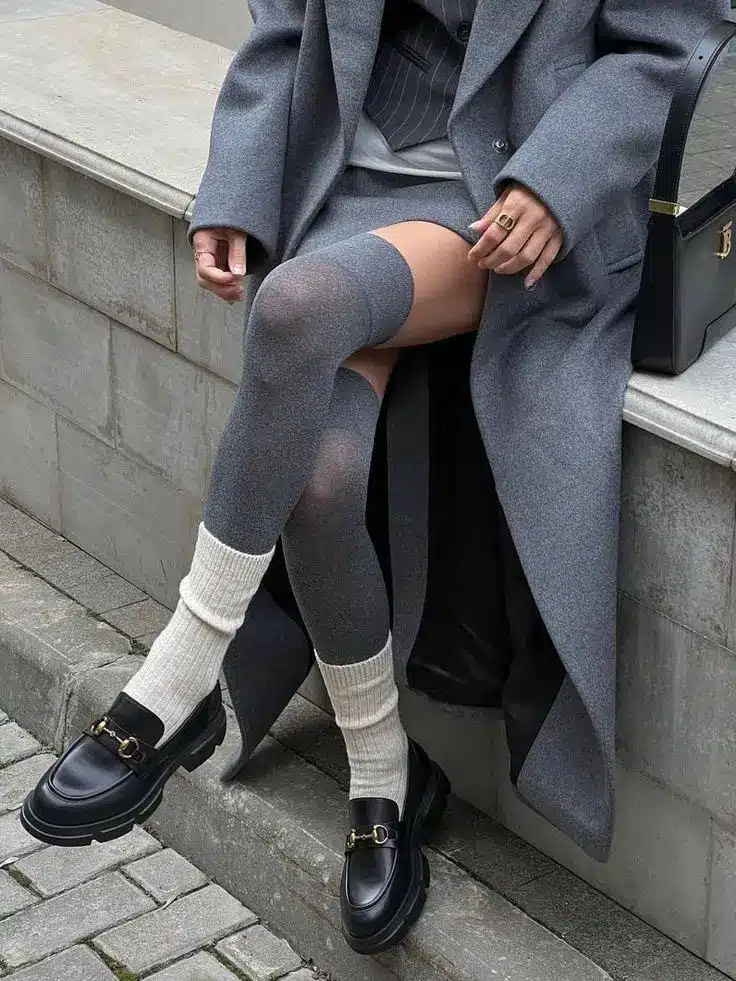

Understanding Color Theory and Seasons
Color theory plays a crucial role in selecting your wardrobe colors. Seasonal color analysis divides tones into four categories: Spring, Summer, Autumn, and Winter, each characterized by distinctive hues.
- Spring: Warm and vibrant colors.
- Summer: Soft and muted tones.
- Autumn: Earthy and rich shades.
- Winter: Bold and cool colors.
Recognizing your color season helps you select shades that complement your features. For instance, if you have warm undertones, you might prefer colors associated with Spring or Autumn.
Considering Skin Tones and Undertones
Your skin tone and undertones significantly affect your color choices. Skin tones can range from light to dark, while undertones are classified as warm, cool, or neutral.
To identify your undertone, examine your veins. If they appear blue, you likely have cool undertones. If they look green, you may have warm undertones. Neutral tones can sometimes appear a mix of both.
When you understand your skin’s undertones, you can choose colors that highlight your natural beauty. Warm undertones pair well with earthy hues, while cool undertones shine in jewel tones. This knowledge aids in building a wardrobe that feels authentically you.
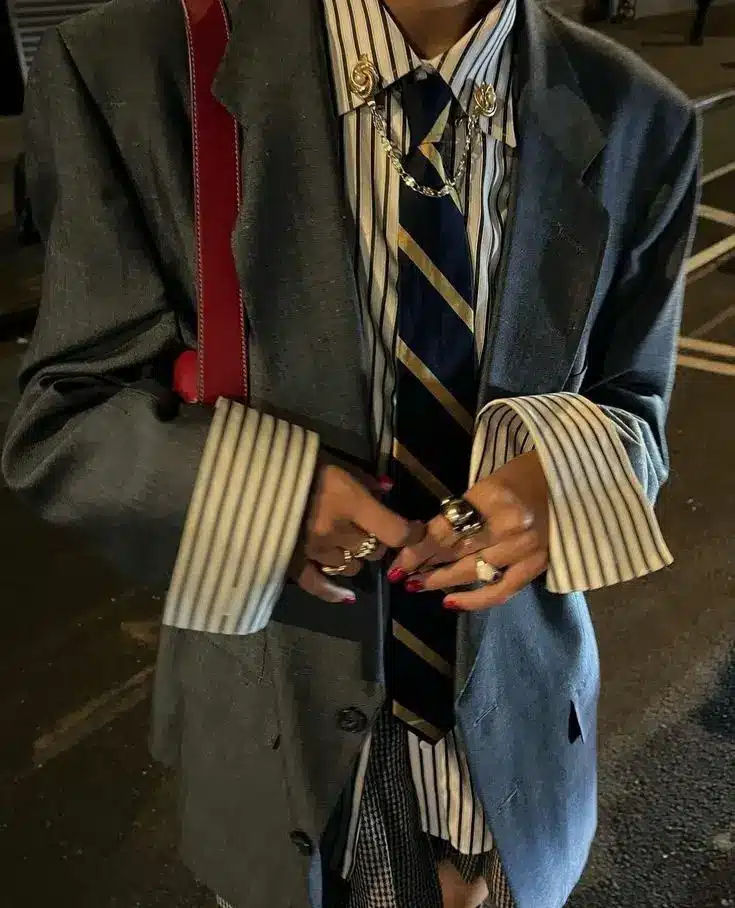
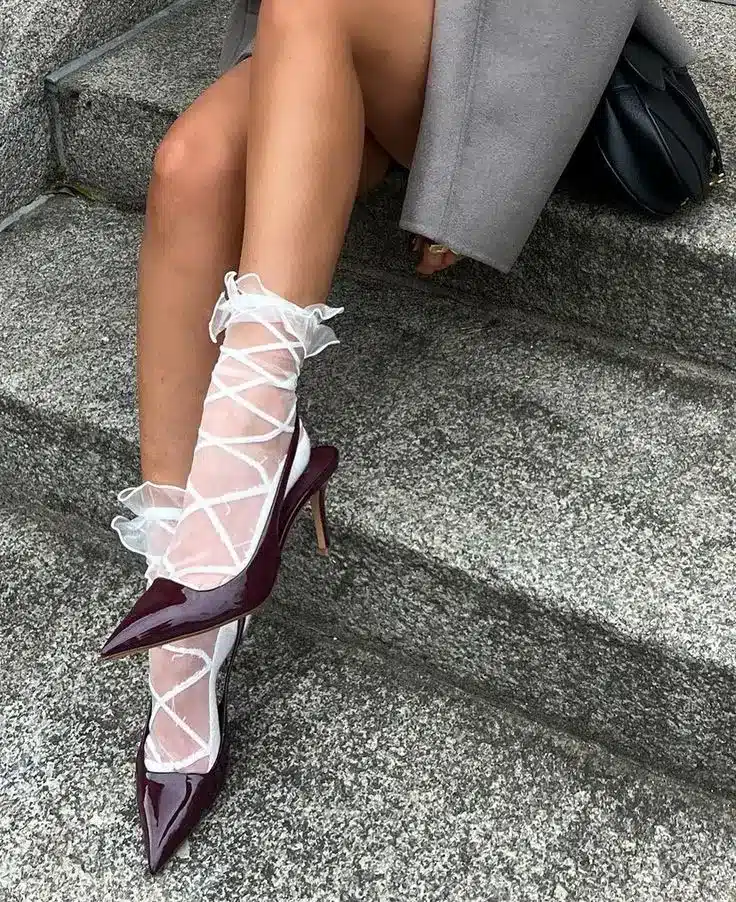
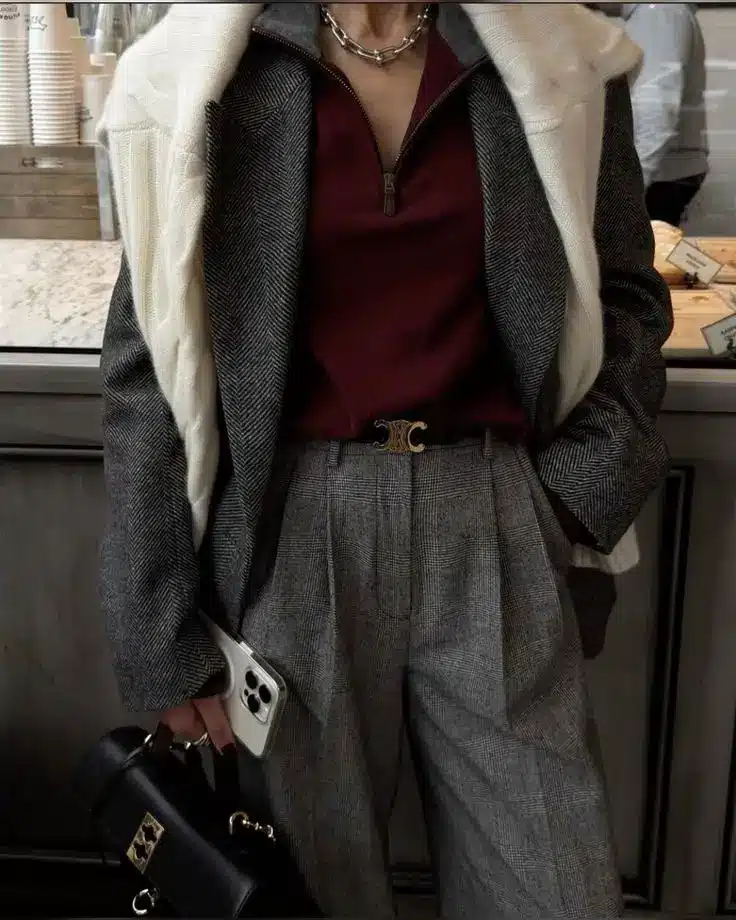
Building Your Capsule’s Foundation
Creating a strong foundation is essential in developing a functional capsule wardrobe. Focus on selecting base colors and neutral tones that align with your style, and identify essential pieces that form the core of your collection.
Selecting Base and Neutral Colors
Start by choosing a base color that resonates with your personal style. This could be a classic shade like black, navy, or grey. Your base color anchors your wardrobe and can be easily mixed and matched with other items.
Next, incorporate neutral colors, such as beige, white, or soft pastels. These shades provide versatility and ensure that your outfits feel cohesive. They can be layered or combined with bolder hues to create contrast. Remember, neutral tones work well in various settings, from casual to professional.
Aim for a balance of colors that suit your complexion and lifestyle needs. Consider creating a palette that includes 3-5 base and neutral shades to simplify your choices.
Choosing Your Capsule’s Essential Pieces
Identify staple pieces that serve multiple purposes in your wardrobe. These include items like a well-fitted blazer, a versatile pair of jeans, and classic shoes. Each piece should be functional and seamless in transitioning from one outfit to another.
Think about the activities you engage in regularly. Choose clothing that meets these needs while maintaining a cohesive style. For example, a tailored dress can work for both casual outings and more formal events when styled correctly.
Invest in quality over quantity. Fewer, high-quality essential pieces will last longer and adapt to changing trends. Aim to include 10-15 essentials that align with your base and neutral colors, providing you with a solid base for outfit creation.
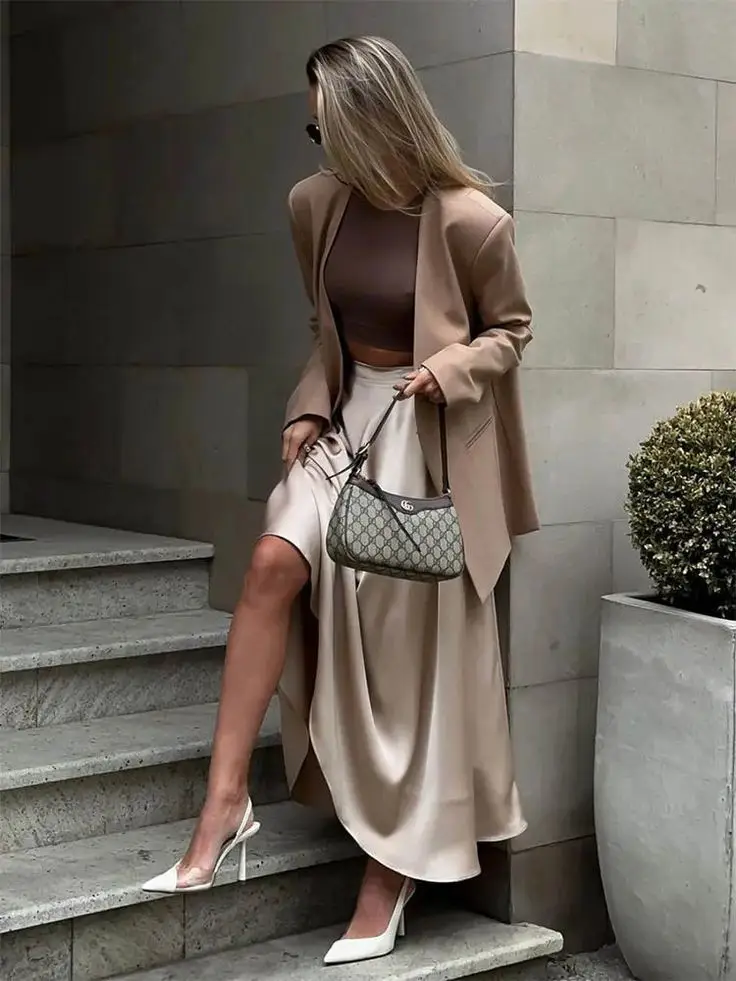
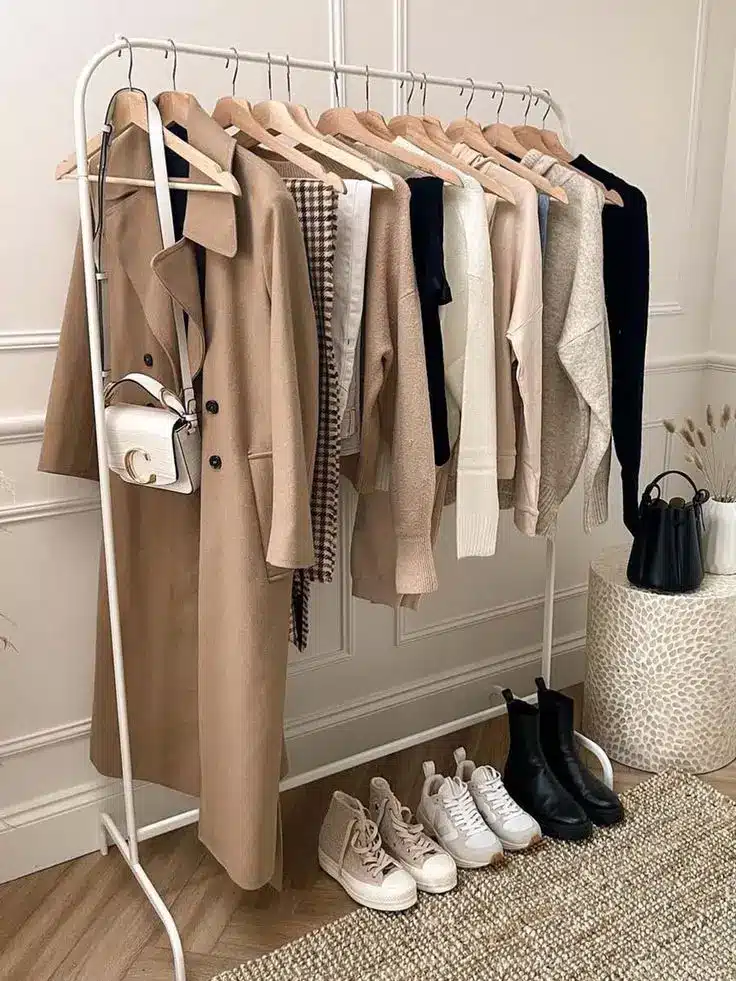
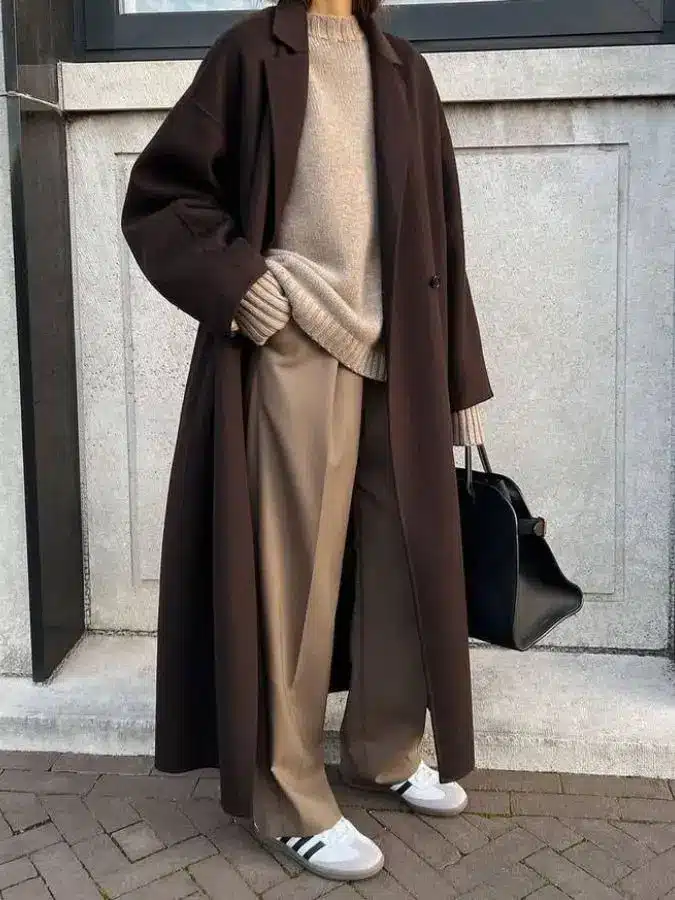
Incorporating Versatility and Accent Colors
Versatility and the right use of accent colors are essential in a capsule wardrobe. By mastering mix and match principles and strategically adding accent pieces, you can enhance the effectiveness of your outfits and keep your style fresh.
Mastering Mix and Match Principles
To make the most of your wardrobe, start with muted base colors like black, navy, or beige. These create a neutral backdrop, allowing for easier mixing and matching. Incorporate layering techniques to add depth to your outfits. For example, combine a fitted solid turtleneck with a layered, patterned cardigan.
- Choose patterns that incorporate your base colors to maintain cohesion.
- Utilize complementary and analogous colors to ensure that items work together well.
- As you combine pieces, make sure each garment seamlessly blends, providing a variety of different looks without excessive clothing.
Adding Color Through Accent Pieces
Accent pieces can elevate a simple outfit. Use vibrant colors in accessories like scarves, belts, or shoes to catch the eye. These items act as statement pieces, bringing personality to your looks.
- Consider items like a bold handbag or a pair of striking shoes that harmonize with your base wardrobe.
- Mix patterns delicately, such as pairing a striped top with a floral scarf, ensuring the colors remain within the same palette.
- Limit accent pieces to a few per outfit to maintain focus and avoid overwhelming visuals.
Through thoughtful selection of versatile essentials and accentuating touches, your capsule wardrobe can seamlessly adapt to different occasions and express your personal style.
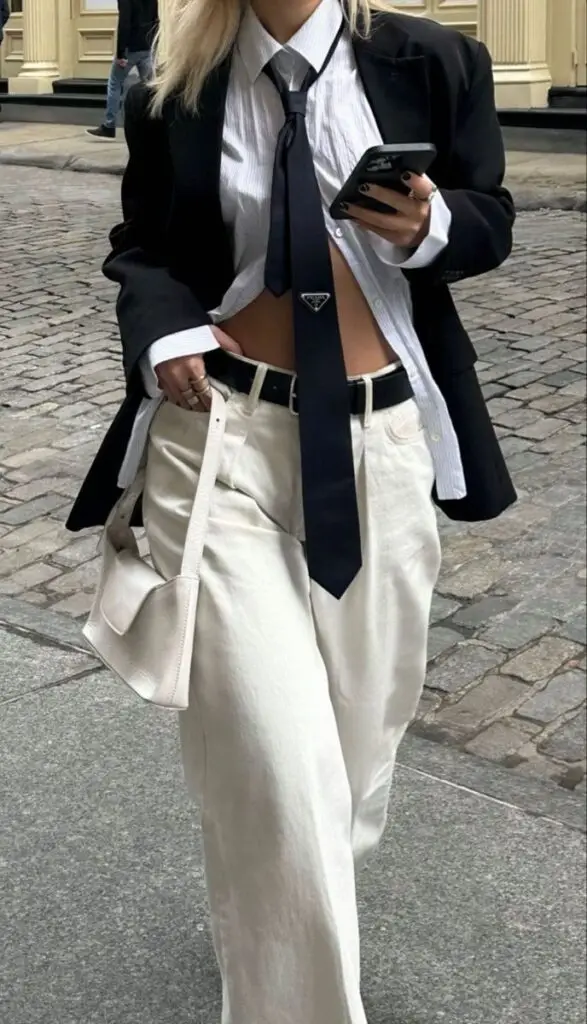
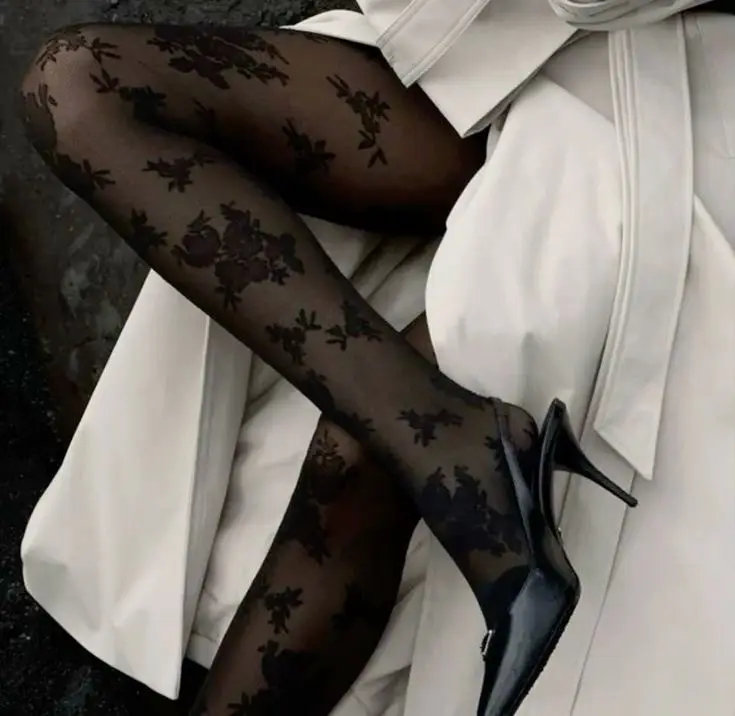
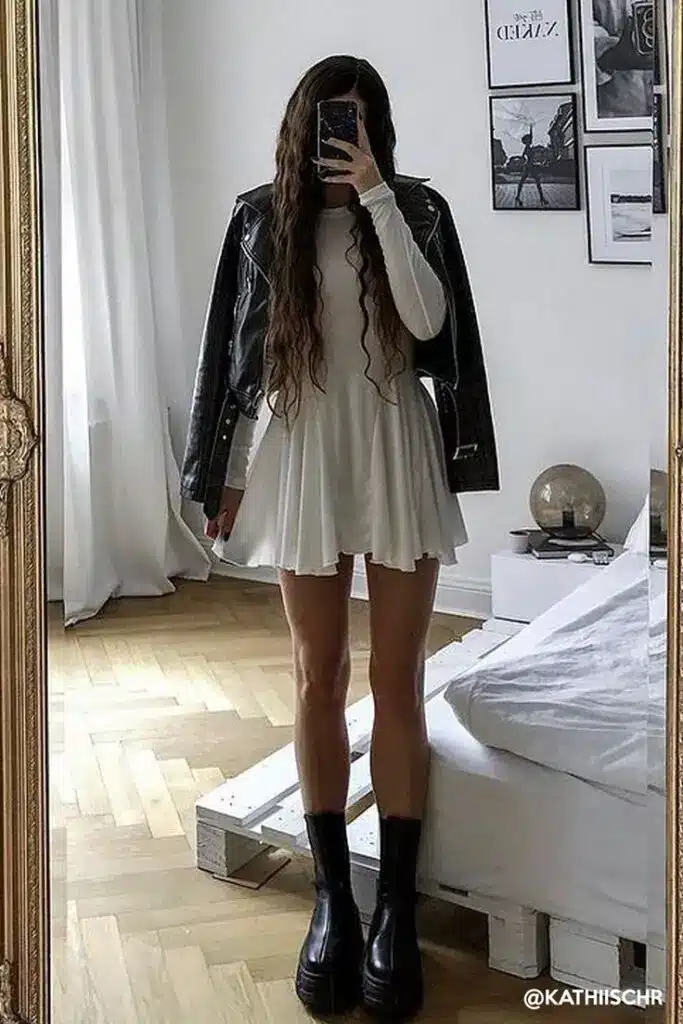
Finalizing Your Capsule Wardrobe
As you finalize your capsule wardrobe, focus on seasonal updates and generating outfit ideas. These steps will help you enhance your unique personal style while ensuring versatility and functionality.
Curating Seasonal and Colorful Enhancements
Adjust your capsule wardrobe for each season by incorporating seasonal clothing items. For a fall capsule wardrobe, consider integrating earthy hues and jewel tones that reflect the changing landscape.
Use a wardrobe checklist to identify gaps. Include a mix of vibrant shades and neutrals to maintain balance. Utilizing a color palette generator can assist in selecting complementary hues. This enhances not just aesthetics, but also ease of mixing and matching.
Don’t forget to rotate your pieces. By assessing your collection each season, you’re more likely to keep your wardrobe fresh. Aim for high contrast combinations to make your outfits pop, or choose low contrast looks for a more subdued, cohesive appearance.
Creating Outfit Ideas with Your Capsule Wardrobe
To generate outfit ideas, start by selecting your base pieces, such as tops and bottoms from your capsule wardrobe color palette. Pair a vibrant top with neutral bottoms for an eye-catching yet balanced look.
Creating outfit combinations should prioritize versatility. Use layering techniques to adapt to various weather conditions. For instance, a lightweight jacket can transition an outfit from day to night.
List potential outfits before getting dressed each week. This prepares you for the day ahead and minimizes decision fatigue. Document your favorite combinations to replicate or refine later. Focus on pieces that allow you to easily rotate colors and styles, creating a dynamic wardrobe that reflects your preferences.


